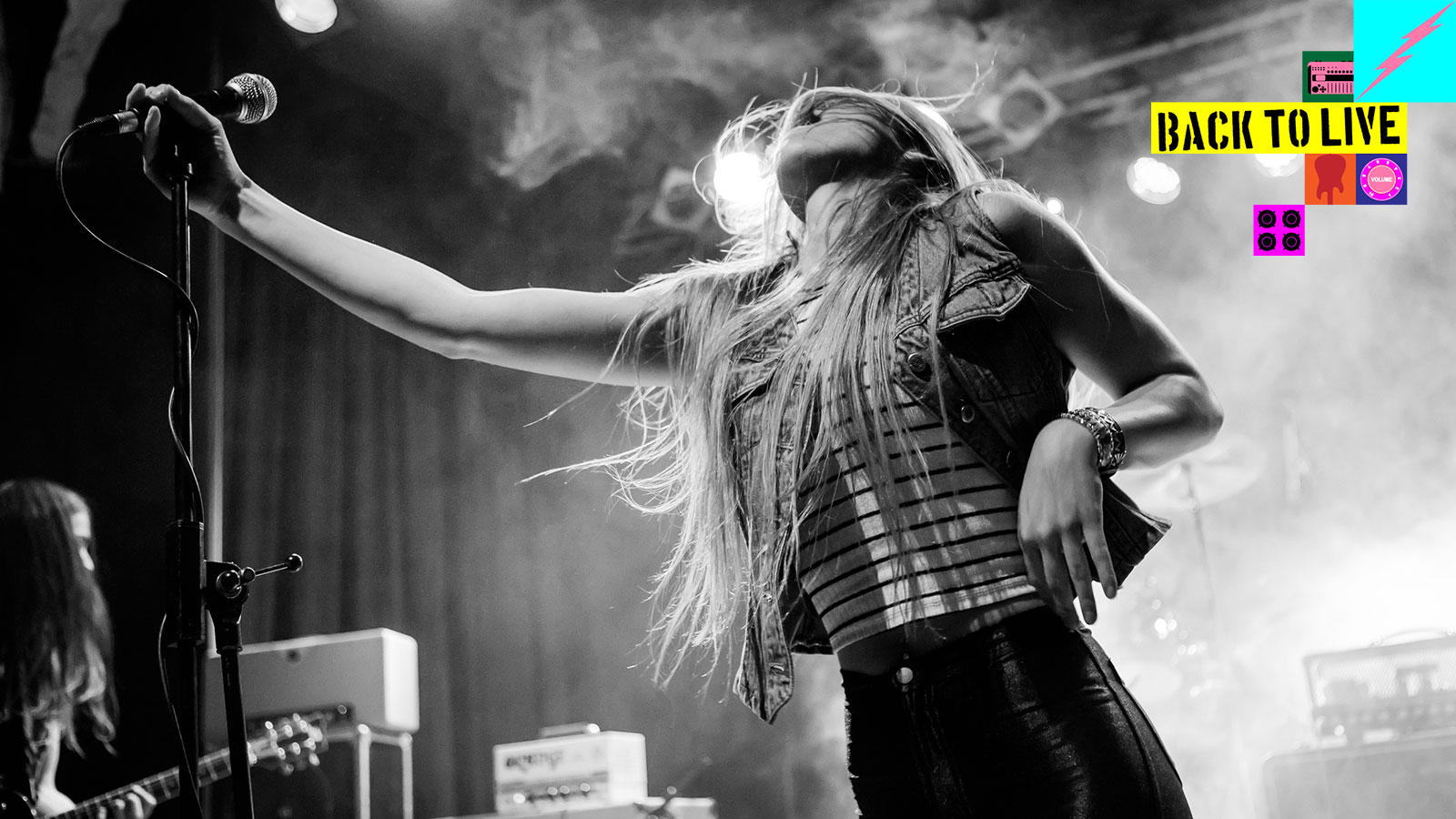First gig booked? Refresh yourself on the dos and don'ts of playing shows
Back To Live: Refresh yourself on the essentials before hitting the stage again

The pandemic has left many musicians unable to play gigs for almost 18 months, so it's perhaps fair to expect that we'll be a little rusty once we're able to get back to playing live.
What's more there will be the backlog of new collaborations, bands and a whole cohort of young musicians awaiting the chance to finally make their live debuts. We've put together a list of time-worn dos and don'ts to help you take those first steps (or the first for a while) onstage.
Do…
Write a setlist for the show. Unless you're playing free jazz, you'll need a list of the songs you're playing and the order in which you're playing them.
Demand the audience's attention. The general rule of thumb is to open with a song that makes an impact.
Take a drink onstage with you - especially if you're a singer. You may be surprised to find your throat can get as dry as the Mojave desert onstage, and you'll soon be begging for water.
Realise that things can go wrong - it's just part of gigging. Have contingency plans in your head in case the worst happens, including an instrumental piece the rest of you can play to fill time if one of the musicians has a problem they need to sort.
Look people in the eye while you're performing - engaging with your audience is more than just about sound.
Get the MusicRadar Newsletter
Want all the hottest music and gear news, reviews, deals, features and more, direct to your inbox? Sign up here.
Signal to the engineer if you need to communicate with the desk mid-gig: for example, if you can't hear your guitar clearly through the monitors or you're too loud.
Relax, listen to the sound engineer and remember that, ultimately, it's about the audience, not the band. Nobody cares that much about your tone except you, so stop stressing about it.
Don't…
Amplify guitars when you're tuning up. You should tune quickly and silently between songs. Buy an electronic tuner with an easily visible display. The audience don't want to hear you tuning and it gives a sloppy, amateurish impression.
Forget to say the name of your band between songs. If you're a support act and don't have a banner, you can't assume anyone knows who the hell you are
Allow long silences between songs. While the guitarist or bassist tunes up, it gives the singer an ideal opportunity to crack a joke or, if they're not a natural raconteur, fill the silence by plugging the band's website or merchandise.
Mess with your amp settings during the gig based on the monitor speaker mix - it isn't a reflection of what the audience and engineer can hear out front.
Take forever to pack up your gear. Unless you're the headline act, the next band want to get onstage before the audience drifts away and loses interest. There will be plenty of time for excessive alcohol consumption and chatting up groupies once your equipment is off stage.
Be sheepish with the audience. Forget apologetic amateurism and smack them right between the eyes with your set!
Total Guitar is Europe's best-selling guitar magazine.
Every month we feature interviews with the biggest names and hottest new acts in guitar land, plus Guest Lessons from the stars.
Finally, our Rocked & Rated section is the place to go for reviews, round-ups and help setting up your guitars and gear.
Subscribe: http://bit.ly/totalguitar












